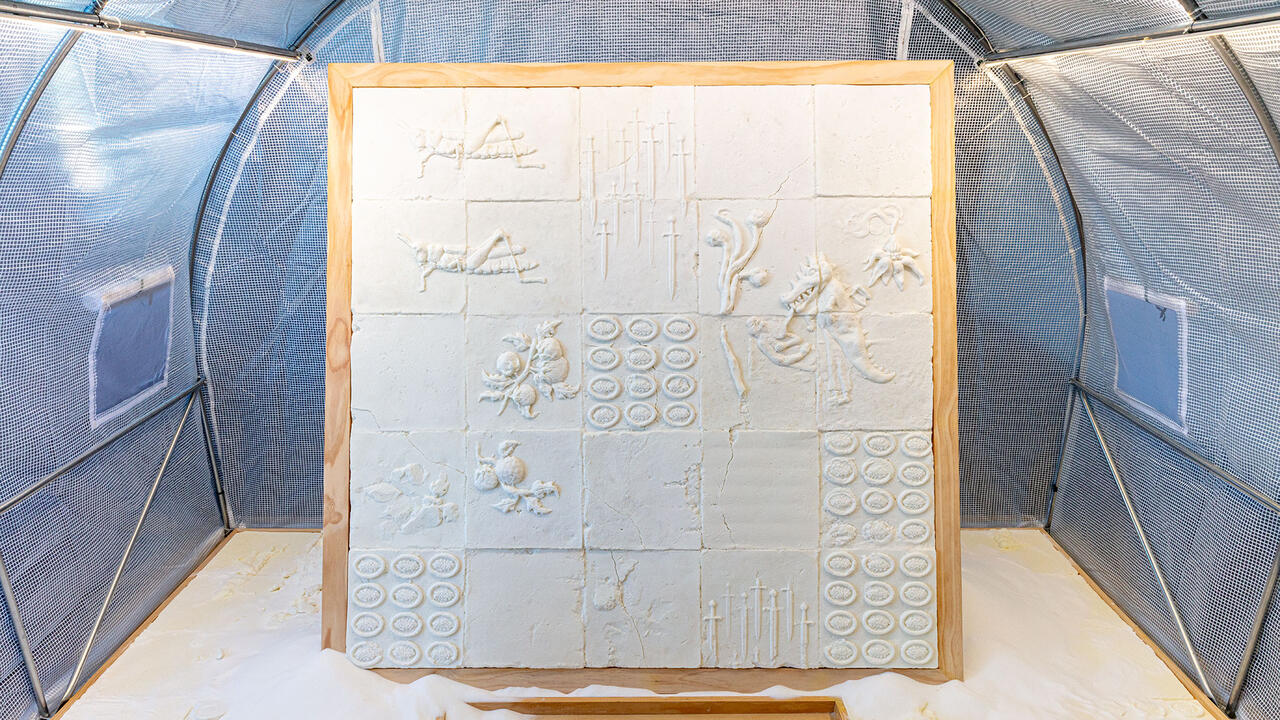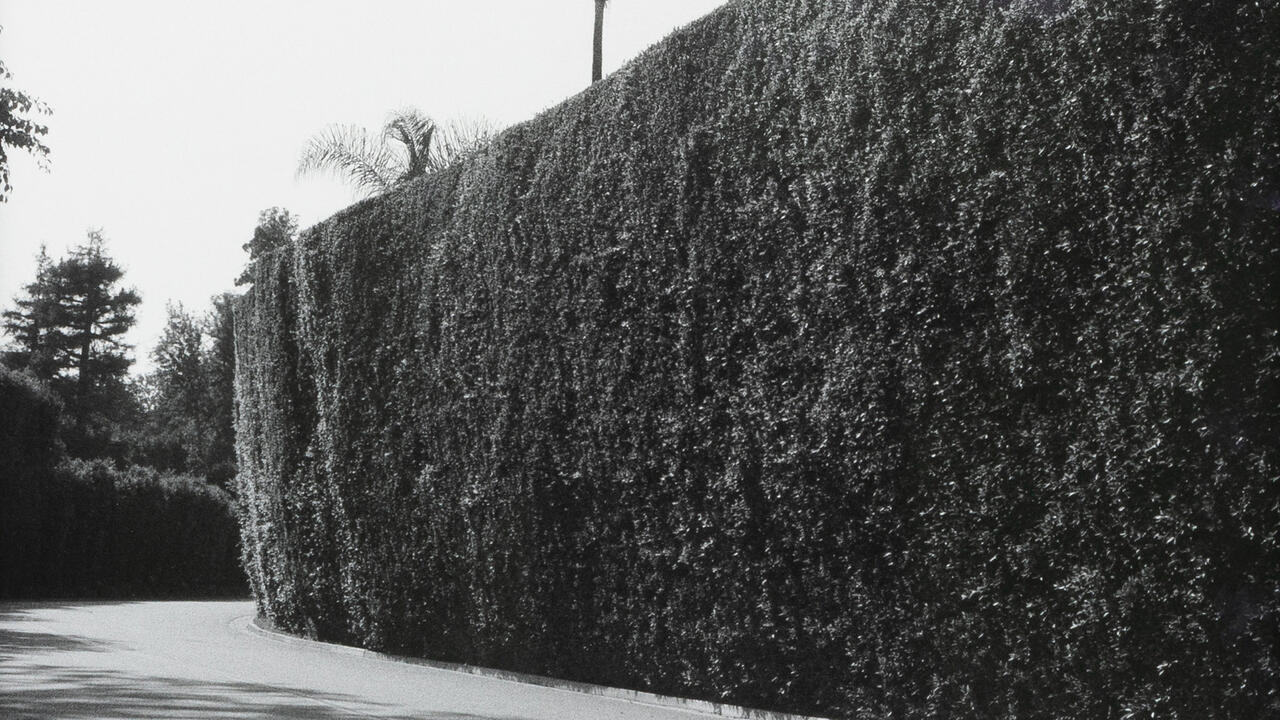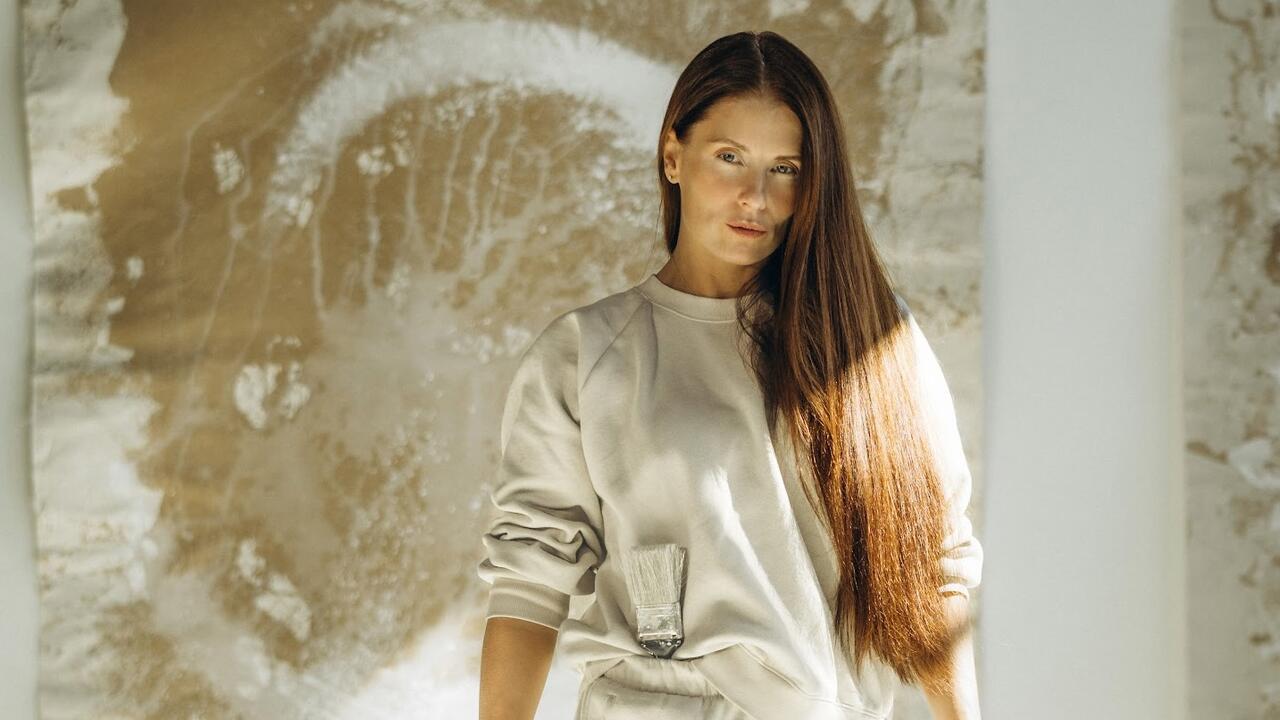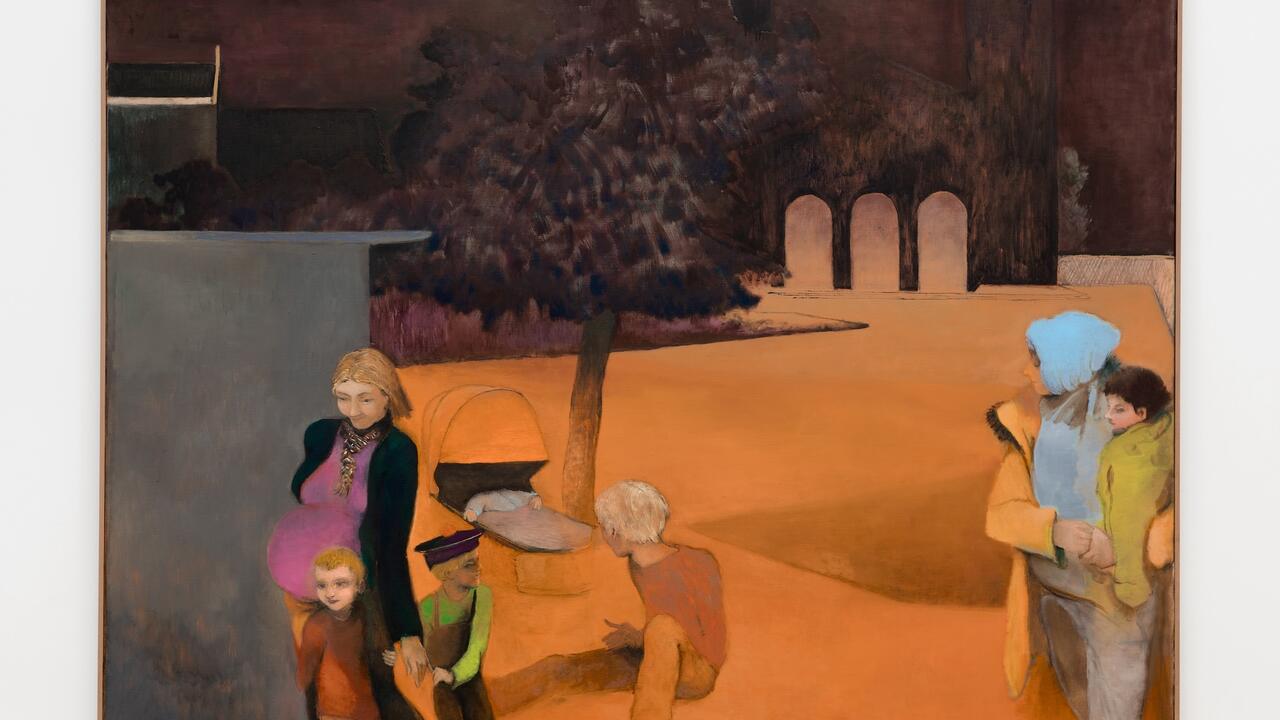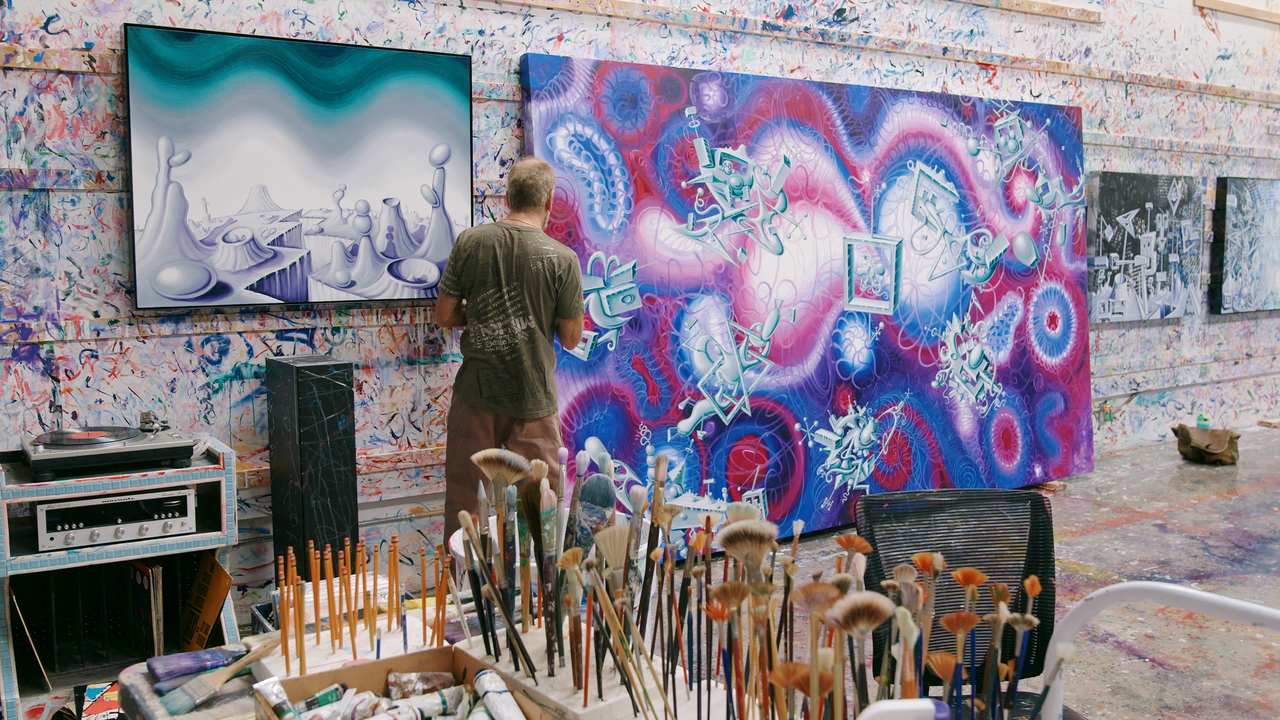Conflict of Interest
The recently opened Nobel Peace Centre in Oslo has abandoned traditional museum display in favour of high-tech interactivity. Does it work?
The recently opened Nobel Peace Centre in Oslo has abandoned traditional museum display in favour of high-tech interactivity. Does it work?
When the Norwegian government was given Tony Smith’s sculpture Marriage (1961) by the Carter-Menil Human Rights Foundation in 1994, it didn’t
really know what to do with it. A token of appreciation from the foundation,
headed by the former American President and Nobel laureate Jimmy Carter, the award honoured Norway’s year-long effort as a world peacebroker (in particular in the Middle East) – but where was the best place to put this black geometric structure, so unlike a traditional image of peace? After much consideration it was sited between Oslo’s medieval castle, overlooking the fjord, and the City Hall, where the Nobel Peace Prize award ceremony is held every year on 10 November.
Eleven years later these two sites have been joined by the Nobel Peace Centre, designed by David Adjaye, forming what could be called an ‘axis of peace’. The centre was officially opened on 11 June this year. Guests of honour included the Swedish and Norwegian royal families, celebrating 100 years of peaceful co-existence since the union of the two countries was dissolved in 1905, as well as 104 years of sharing the responsibility for the Nobel Prize.
Oddly enough, this axis could also symbolize two different ways of understanding art’s relationship to architecture. Tony Smith, who was an apprentice in Frank Lloyd Wright’s office, abandoned architecture because he felt it involved too many compromises. Adjaye, in contrast, has turned the commission for the Peace Centre into a Gesamtkunstwerk, transcending both architecture and art. The words ‘hope, commitment, broadmindedness’ are carved into the wall above the entrance of the Peace Centre, which is housed in a former railway station. The idea of a traditional museum was abandoned: the number of historical objects on display is precisely one – an original Nobel Prize medal. The centre’s purpose is to tell the story of the Nobel Peace Prize and to host events and temporary exhibitions that try ‘to bring small and large conflicts into the public eye’.
‘What is the opposite of conflict?’ is the question at the centre of the instal lation welcoming visitors. A map of the world, made up of small lights set in a black passageway, emits recordings of people’s voices from various conflict zones. The bright green and red details recall the architect’s collaboration with Chris Ofili at the British Pavilion at the 2003 Venice Biennale – the two have also collaborated on a design for the centre’s café. But rather than settling for a repetition of a few recognizable design elements, Adjaye has created a series of distinctly different spaces – from the bright red reception area, through the golden passage in honour of the laureates, to the centre of the building and Adjaye’s concept of the ‘Nobel Field’. To describe these, the architect came up with the term ‘spatial manipulations’, citing the films of Stanley Kubrick: every room is equipped with a task and mood of its own. ‘There is not that much architecture, but there’s a lot of message. We have been spending a lot of time working with a very beautiful team of people – to develop interfaces that can speak to all sorts of people in a very direct way. It is something that is very accessible.’
Making use of every weapon in the communication technology armoury, the Nobel Centre is clear that its message is meant to appeal to the head and the heart in equal measure. The collaboration with David Small for the Nobel Field has resulted in a landscape of small computer screens, light and sounds. Displaying portraits of the 111 peace laureates, the screens are grouped in colours according to the various causes for which the prizewinners worked. When you approach one of the screens, the portrait dissolves and is replaced by a short feature about the laureate. This presentation may be what Adjaye describes as ‘accessible’, yet standing in this field of ever-changing colours and sound one is confronted with the problematic and delicate balance between clarity of information and the suppression of complex ideas. Does the absence of objects – apart from the requisite bits of IT – necessarily result in the presence of ideas?
‘Until quite recently it was inconceivable that a virtual world could provide both information and opportunities for communication and experience, without the need to physically visit archives, libraries or museums. Websites can take the place of exhibits and help to make knowledge accessible’, explains project leader Grete Jarmund. But even though almost all the material in the Nobel Peace Centre is available in digital form and could easily be published on their website, the only way to access it is to visit the Centre in person. The short biographies in the Nobel Field are partly repeated and supplemented in a neighbouring room, where equally impressive state-of-the-art technology offers interactive possibilities. The opposite of the idea of a traditional museum stuffed with artefacts, this may very well be considered as a living archive. In fact, however, it offers little more than the journalistic renderings of some of the world’s greatest achievements: spend time with the laureates’ presentations, and what is missing are the words and thoughts of the laureates themselves. In all the fascination with the new media what has been thrown out are the books and other sources that could have provided the visitor with a deeper understanding of the issues rather than just keeping him or her ‘info-tained’. Although books by some of the laureates can be bought in the Centre’s shop downstairs, perhaps the idea of a library is daunting for a centre looking to attract the necessary numbers of paying visitors (admission costs the equivalent of £5). Equally unfortunately, the centre missed out on a commissioned work that could have dealt in a more complex, metaphorical way with the idea of peace. The building authorities rejected artist Marjetica Potrc’s initial proposal of a self-sustainable garden on the centre’s roof. As a result Potrc adapted her idea, supplying two communities in India and USA with solar panels and windmills, that she documented in a video installation, which is disappointingly located in the back corner of the centre. It has yet to be seen whether a multimedia presentation that will soon be dated in terms of design is what is needed to make the histories and ideas of these great thinkers interesting.











